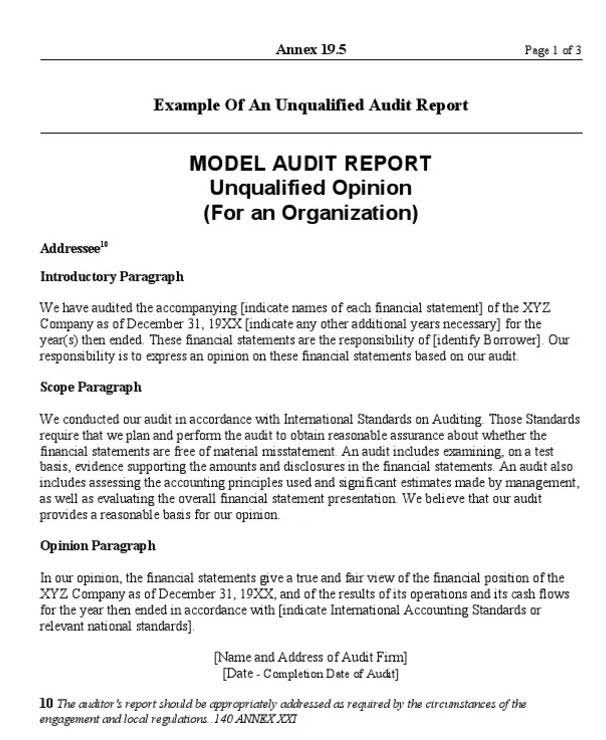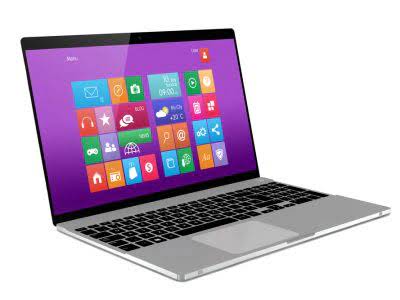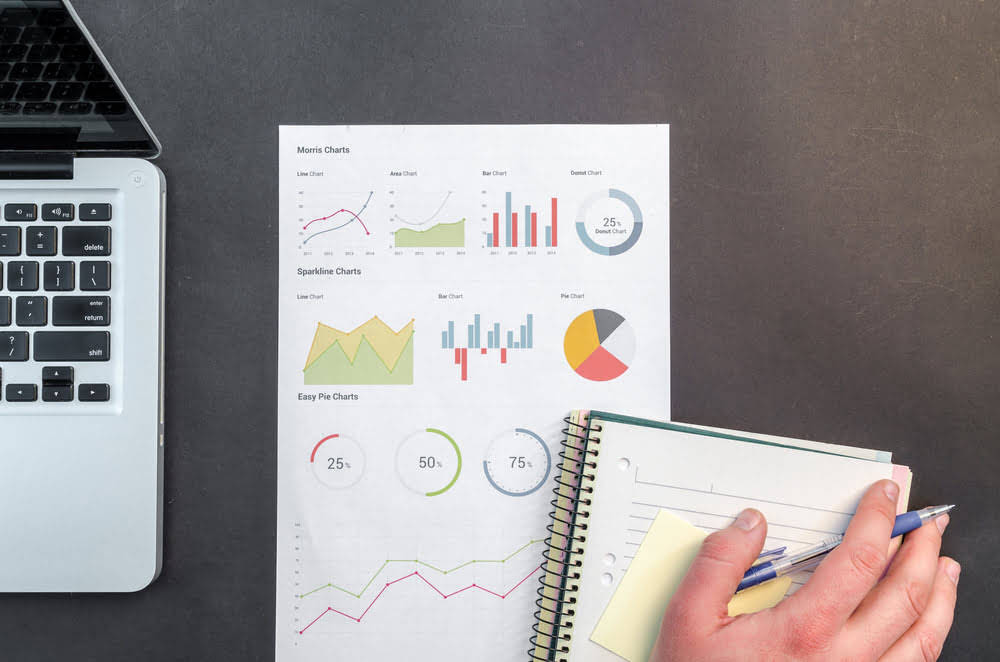
The remaining inventory of 200 units would not be transferred to cost of good sold in 2022 but would be listed as current asset in the company’s year-end balance sheet. These unsold units would continue to be treated as asset until they are sold in a following year and their cost transferred from inventory account to cost of goods sold account. In general, overhead refers to all costs of making the product or providing the service except those classified as direct materials or direct labor. Manufacturing overhead costs are manufacturing costs that must be incurred but that cannot or will not be traced directly to specific units produced. In addition to indirect materials and indirect labor, manufacturing overhead includes depreciation and maintenance on machines and factory utility costs. Period costs include selling expenses and administrative expenses that are unrelated to the production process in a manufacturing business.
These costs include the costs of direct materials, direct labor, and manufacturing overhead. They will not be expensed until the finished good are sold and appear on the income statement as cost of goods sold. Period costs are closely related to periods of time rather than units of products. For this reason, businesses expense period costs in the period in which they are incurred. Accountants treat all selling and administrative expenses as period costs for external financial reporting.
Since these costs cannot be directly linked to the production of goods, they are not included in the inventory value. Instead, they are expensed on the income statement in the period they are incurred. The seemingly straightforward cost classification practice lays the foundation for a robust ascertainment of a product’s true cost, profitability, and, ultimately, the company’s financial health. period costs Period costs are classified as expenses in the accounting period in which they are incurred.


The intangibility means that service firms must account for their costs without the traditional classification of product costs. Period costs, however, are expensed entirely in the current period since they relate directly to this timeframe. Remember, only product costs Airbnb Accounting and Bookkeeping determine the cost of goods sold, not period costs. Period costs, by contrast, are expensed in the period they are incurred, regardless of when the revenue is earned.
Period costs are selling and administrative expenses, not related to creating a product, that are shown in the income statement in the period in which they are incurred. Period costs include any costs not related to the manufacture or acquisition of your product. Sales commissions, administrative costs, advertising and rent of office space are all period costs. These costs are not included as part of the cost of either purchased or manufactured goods, but are recorded as expenses on the income statement in the period they are incurred. If advertising happens in June, you will receive an invoice, and record the expense in June, even if you have terms that allow you to actually pay the expense in July.
Product costs are initially attached to product inventory and do not appear on income statement as expense until the product for which they have been incurred is sold and generates revenue for the business. When the product is sold, these costs are transferred from inventory account to cost of goods sold account and appear as such on the income statement of the relevant period. For example, John & Muller company manufactures 500 units of product X in year 2022. Out of these 500 units manufactured, the company sells only 300 units during the year 2022 and 200 unsold units remain in ending inventory. The direct materials, direct labor and manufacturing overhead costs incurred to manufacture these 500 units would be initially recorded as inventory (i.e., an asset). The cost of 300 units would be transferred to cost of goods sold during the year 2022 which would appear on the income statement of 2022.

Advertising, market research, sales salaries and commissions, and delivery and storage of finished goods are selling costs. The costs of delivery and storage of finished goods are selling costs because they are incurred after production has been completed. Therefore, the costs of storing materials are part of manufacturing overhead, whereas the costs of storing finished goods are a part of selling costs. Remember that retailers, wholesalers, manufacturers, and service organizations all have selling costs. Expenses incurred to online bookkeeping sell the finished inventory, on the other hand, are not considered product costs. For example, advertising costs and sales staff salaries are not necessary to produce the products.
| Dolar | 39,9584 | % 0.32 |
| Euro | 47,0584 | % 0.42 |
| Sterlin | 54,8401 | % -0.17 |
| ,00 | % 0.00 | |
| ,00 | % 0.00 | |
| Çeyrek | 6.853,00 | % -1,08 |
| G. Altın | 4.199,48 | % -1,30 |
| BIST 100 | % | |
| % 0.00 | ||
| B. Cash | ,00 | % 0.00 |
